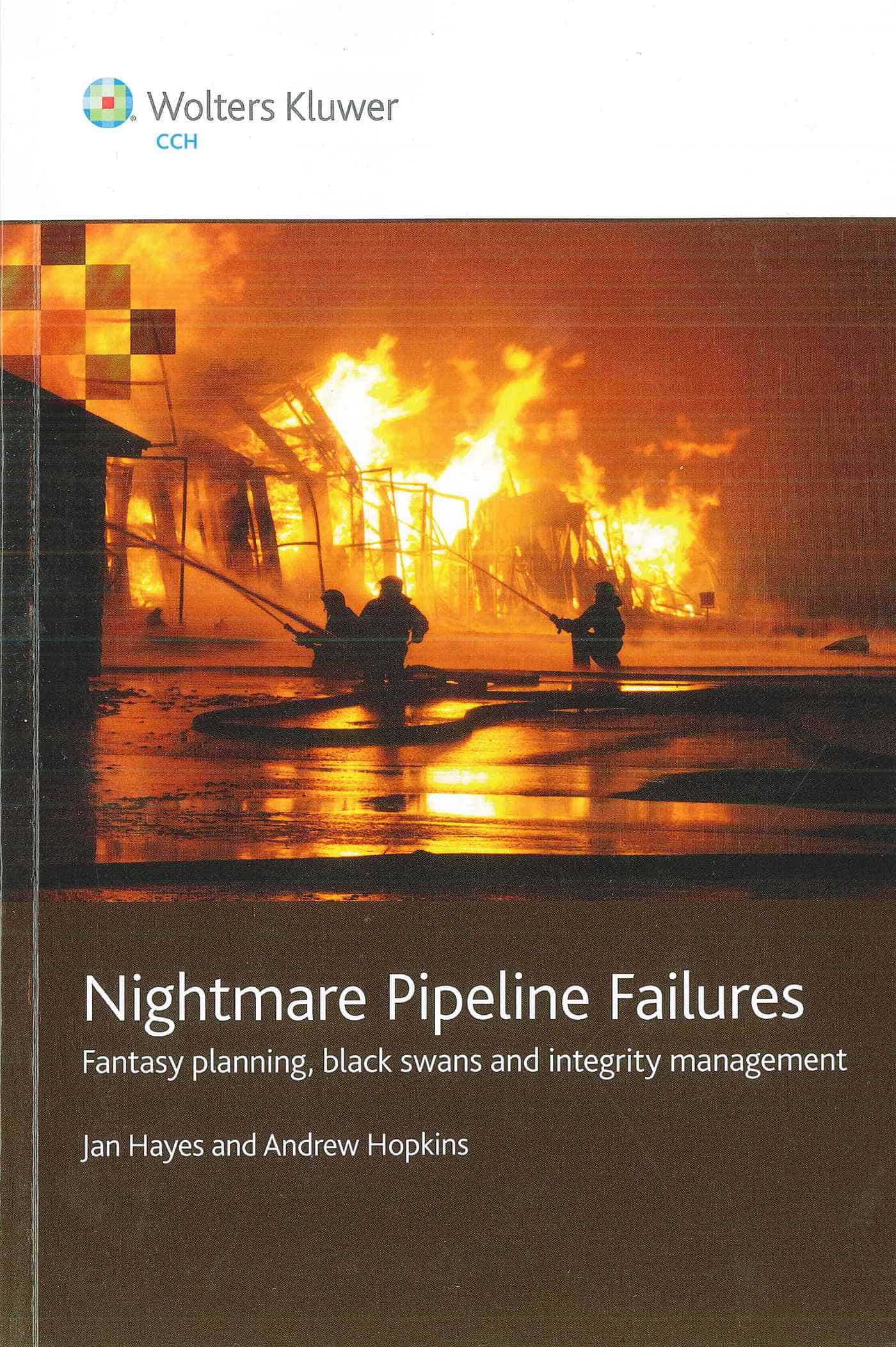 Any new book by Andrew Hopkins is a cause for excitement. The latest book co-written with Associate Professor Jan Hayes* focusses, primarily, on two pipeline disasters in the United States but has sufficient information and thoughts for those OHS professionals outside this sector and jurisdiction.
Any new book by Andrew Hopkins is a cause for excitement. The latest book co-written with Associate Professor Jan Hayes* focusses, primarily, on two pipeline disasters in the United States but has sufficient information and thoughts for those OHS professionals outside this sector and jurisdiction.
“Nightmare Pipeline Failures: Fantasy planning, black swans and integrity management” is a typically slim volume written in Plain English that benefits from the broad knowledge of its authors. Readers of Hopkins’ early books will get all of the cross-references. In some ways, this book can be seen as almost a case-study of Hopkins’ work on mindfulness and high-reliability organisation, as the themes of management perspectives, activity and decision-making occur repeatedly in this book. Continue reading “New book on pipeline safety has OHS lessons for all”

 SafetyAtWorkBlog has
SafetyAtWorkBlog has  The attention given by OHS/WHS professionals and senior executives to due diligence is already changing how workplace safety is managed in a positive way but recently the
The attention given by OHS/WHS professionals and senior executives to due diligence is already changing how workplace safety is managed in a positive way but recently the